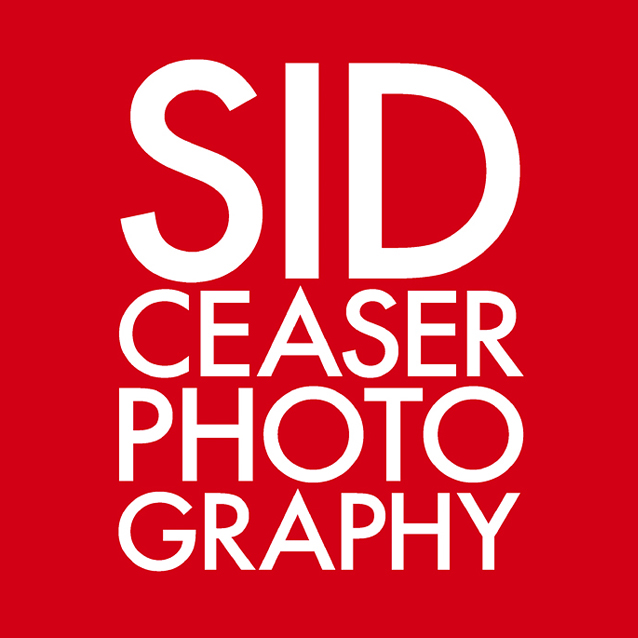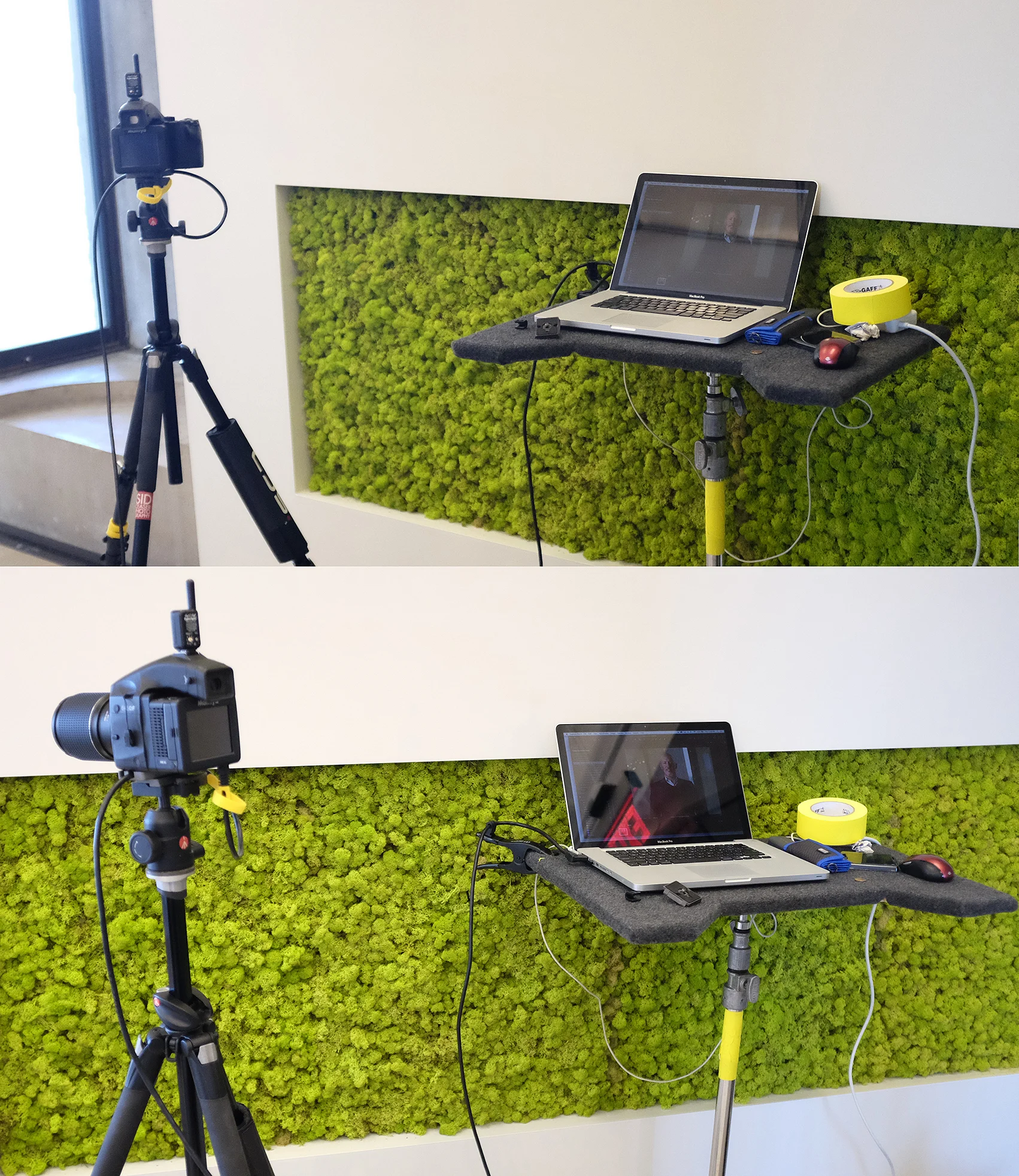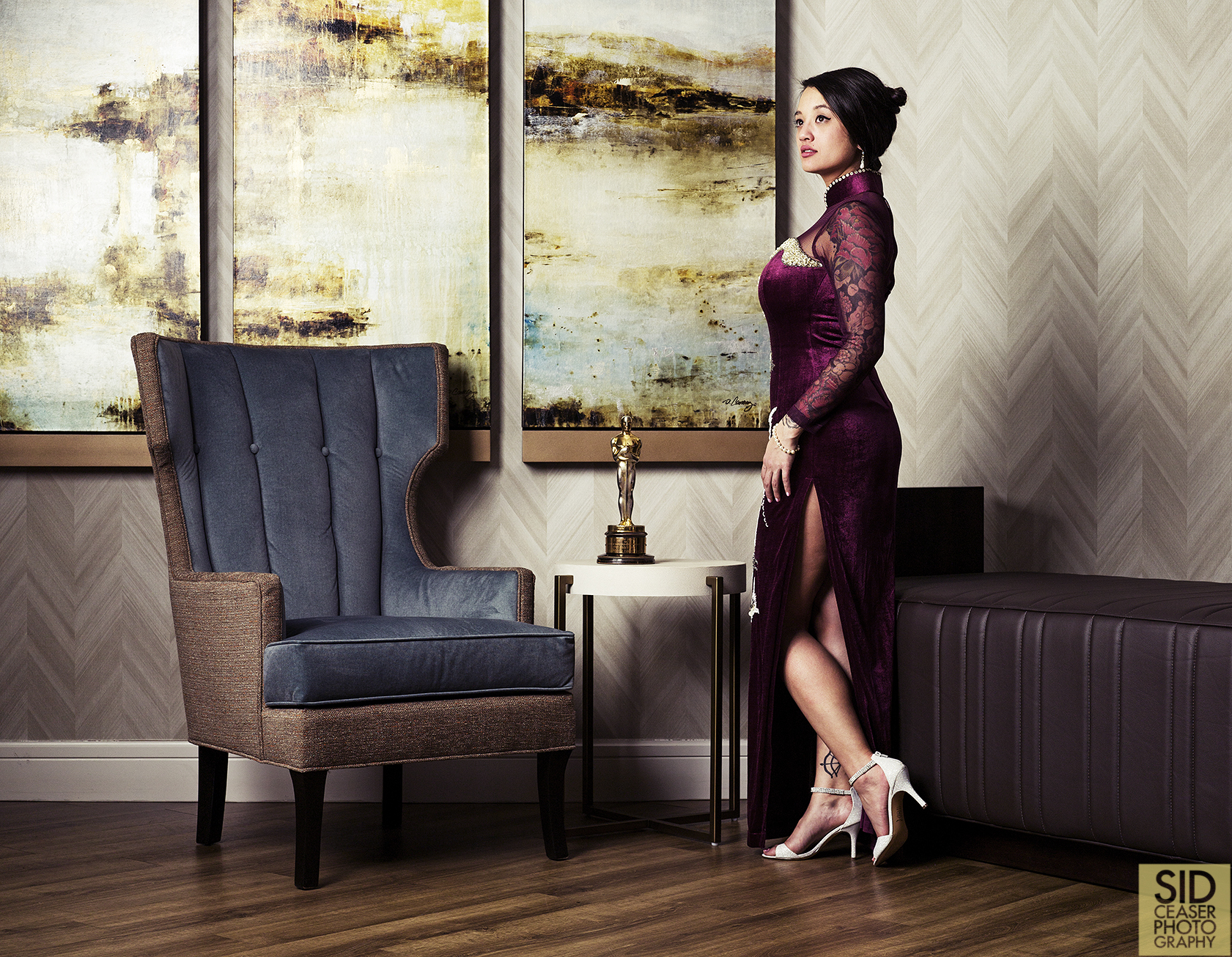I love my 500c/m.
I love telling the story of how this little camera fell into my hands.
And I was over the moon when I was able to save up some money and buy an older, outdated medium format digital back that I could pair it with. I was in heaven.
I had the camera. I had a digital back. I could now shoot more with my favorite camera in all the land.
my favorite camera in all the land
That is, until I started shooting with it.
I mean, I knew that shooting with an old film camera and a digital back was going to have a different look to it - it was a look that I was anticipating; something that looked more “film-like” and a little rougher around the edges. That was cool. I wanted that. I knew what I was getting into.
But what I didn’t expect was to not be able to focus much if at all with this kit. I wasn’t just missing focus, I was missing focus 90% of the time. Even stopped down to something like f/11. My eyeballs were just not making the connection.
my first test shoot the day after the back arrived
Sara helping me test
Even when doing the test shots - things were not as in focus as I was expecting.
For the next two years I covered all aspects of the camera. I picked up a prism with an adjustable diopter. When I turned 40 I found that my eyes were starting to go and I needed glasses. I figured with an adjustable diopter I could get things in focus and we’d be golden.
But things were still fuzzy.
So then I bought a focusing screen that has a split prism in it. Split prism screens kinda act like a rangefinder camera in that it shows the image with slit in the middle and you have focus when the two halves align.
Testing the focusing screen
It started to work, but I found that I had to have the camera completely still - like on a tripod, and even then, something felt a tiny bit off to me. I still wasn’t there.
The straw that really broke the camels back for me was the day I brought the kit along with me to photograph graphic designer Aaron Draplin. During all my test shots nothing was in focus. The prism viewfinder wasn’t helping. The focusing split-prism wasn’t helping. My buddy Jeff was laughing at me; I was standing there with this gorgeous kit and I couldn’t get it to take a damn picture in focus. WTF.
I contacted Hasselblad in New Jersey about seeing if there was a way they could look at the 500c/m and the Phase back together, but Hasselblad will only work on Hasselblad products.
Aaron Draplin, having no knowledge of the existential crisis I was going through during pre-lighting and setup for this photograph.
Over the last two years, I had turned this camera into Frankenstein …
At this point I sent the body and the lenses in to have the tuned up. When everything came back, I fired everything up and my buddy Ed stopped by and we did some test shots:
Ed
This is the most focus I was able to get out of the grouping of shots I was making. And this was with studio lights.
At this point, my love for the back had started to wander away and I figured it might be time to accept defeat and let the back go to someone else who could use it much better than I could, because I was just. not. getting. the hang of this thing.
Which wouldn’t be that much of an issue except of one thing: I was addicted to a medium format image. When I got a shot in focus and sharp, the clouds parted and angels started singing. It was glorious.
I love my Canon 5DmkII. I love that camera to death. I love the files that come out of that camera. But a sharp medium format image … I can’t explain it. It’s like looking at a contact-print from a 4x5 negative. Only different, because it’s a different type of method of capture. It’s a different result. But still amazing.
Enter the Mamiya 645DF kit.
Josh Farr is a fellow NHIA alumni. He runs the Vermont Center of Photography in Brattleboro Vermont. He loves the color orange. And, about a week before Christmas 2018 he posted the following for sale through VCP:
The Mamiya 645DF kit
Up for sale was a used Mamiya 645DF medium format kit. The camera itself, a DM33; a 33 megapixel 48x36 sized sensor. This is actually a rebranded Leaf Aptus II 7. The kit came with a normal length lens and a portrait lens, all the accessories and a hard-shell case for everything.
So I started doing some research on the backs and seeing how they held up, and lots of owners were commenting on how nice the skin tones on a Leaf back were. The fact that the kit came with a 150mm lens, ideal for head shots, really caught my eye because head shots is part of what I love to shoot - having the lens come with the kit was a no-brainer.
I bounced the idea around a bit and I told myself that I’d make a day out of driving up to VCP with Sara and I’d test the camera out. If I loved it, I’d pick the kit up and I would sell the Phase One back to offset the cost of the kit. In my mind, if I could sell the Phase back for whatever I paid for the Mamiya kit, it would be like an even swap. That made sense to me. It make sense to Sara. So we headed up.
I brought a small kit with me to test out; an Alien Bee studio strobe, my mini-lithium battery and my wireless triggers; everything that I use on a small location job. Sara sat in one of the chairs at VCP and I hooked everything up. The kit was in immaculate shape. It was pristine. I turned the back on, and it told me that it only had 2,280 captures.
Back screen of the DM33. Total frames: 2,288.
This kit had hardly been used. Omigod.
I aimed the camera at Sara, half-pressed on the shutter and the AF kicked in and focused right on her eyes/glasses. I took a shot. I brought the image up on the back of the camera, zoomed in to 100% and saw that I had nailed focus. There it was - right in front of me - a sharp shot. We opened the file up on VCP’s computer and it was fantastic - a nice, sharp image that I took.
That sealed the deal for me. I’m easy, right?
We bounced prices around a bit and I was able to pick this kit up for a song. It was extremely affordable and it was a price that I knew I could get the same amount for on the Phase back. I started to get really excited.
A week before Christmas, I came home with a new, hardly used medium format kit.
My first job after getting that camera was a head shot in Boston. I brought all my normal gear, but I also brought this kit to hook up after I knew we had everything in the can with my regular gear.
100% crop (L: DM33 shot, R: 5DmkII shot)
Here is the above image un-cropped: https://i.imgur.com/nY8SiCR.jpg (warning: big file)
I’m pretty excited about this new kit, and the fact that I can actually get focus with it makes me so happy.
The new kit
So with everything having worked out, the next step was to list the Phase back for sale.
Goodbye, PhaseOne
At first I tried selling it locally off of local Facebook photographer groups. The Phase back had some quirks to it (it didn’t shoot tethered - it was strictly a back that shot-to-card) and, also, it’s old technology. Not many people want to buy something that is 10 years old, especially in the camera world when technology is being upgraded on a weekly basis. After no bites on the local level, I turned to the buy and sell forums over at Fred Miranda. I’ve purchased a majority of my used gear off the users over there and I’ve never had a bad experience (knock on wood).
I got a few bites, but overall it was the same result.
I was reluctant to put the back on eBay, but after about a month of no significant bites I decided it was time to turn to eBay.
The Phase goes up on eBay
I did the auction for a month, instead of seven days. I figured that way if anyone from my local posts or Fred Miranda were interested I could direct them to the auction, but it would still give things a little time for the Google juice to pick up on the text and images. In the month the item was on eBay I got 60 people who clicked “watch”. That felt like a good sign to me.
I got a few very interested people who were asking good questions, but ultimately decided not to purchase. Just as the month-long auction came to a close, I got an email from someone who was very interested in the back, and was hoping we could connect outside of eBay to save some fees and stuff. Cautiously I moved forward, and it turned out a very nice guy on the other side of the country was looking to do exactly what I had wanted to do originally - to pair his old 500C/M with a back that he could carry around outside and shoot to card.
After some back and forth and some haggling, I sold the Phase back for exactly what I paid for the Mamiya kit, although after shipping and insurance it was $100 less. So basically I paid $100 bucks for the Mamiya kit. I wasn’t about to argue over 100 bucks, and I packed the Phase back up for it’s new owner and crossed my fingers that everything went smoothly.
Shortly after the new owner received the kit, he started sending over tack sharp images
The new Phase owners first test shot. Perfect.
I was both excited for him but jealous at the same time. My eyeballs just couldn’t work with that combination. I’ve taken sharp images with the Hasselblad shooting film plenty of times, but I couldn’t get to know that back and after many tries I finally passed it on to someone else.
So how is the new kit working out for you?
So far everything is excellent. There are a few small hiccups though
• The back tethers with Firewire 800. This is an outdated port that new laptops no longer have. Luckily I found someone local that had a 13” Macbook Pro that not only had a Firewire 800 on it, but the laptop’s harddrive had been replaced with a solid state drive (ssd) and it’s very fast and fantastic. I installed Capture One for tethered capture and tethering works fantastic.
Shooting tethered with the Mamiya kit and 13” macbook pro (with SSD)
• The internal date/time/clock battery inside the back is dead. This doesn’t bother me too much. I have a little label on the back that reminds me to set the date/time each time I turn the back on. I actually researched how much it would cost to change that particular battery, and it turns out they placed that battery all the way at the bottom of the digital back’s innards. You have to go layers deep to reach that small watch battery, and to do that you have to mail it to Leaf, and you have to pay $$$$$$ to do it. Like, more money than I spent on the entire kit. It’s ridiculous. That little battery should be located somewhere that you can open it up, pop it out and put another one it. So dumb.
• In order for Photoshop (the program I use for files) to read these Leaf files, I have to shoot untethered and make sure the back is set to “uncompressed”. If I shoot tethered it automatically sets the back differently and the files can only be read by Capture One. I’ll have to learn Capture One better, but I just found that odd. I need to find a way to export those C1 files to TIFF so that I can work with them in Photoshop. If anyone reading can shed any light on that I’d appreciate it.
Outside of that - I have no complaints. The resolution is fantastic. The color tones are gorgeous. I can take a test shoot with a color checker chart, select that image on the back screen, and I can do a white balance from there, and set the white balance for the rest of the forthcoming images. Very swanky. I plan on shooting un-tethered most of the time so the tethering issue isn’t that big of a deal to me.
I’m still in the baby-steps process with this camera.
Although - I’ve already used it for a few things and I love it to death.
2019 Red River Theatres Oscar Portrait
I’ve got a whole blog post coming up about the above photo and a few others that go along with it.
So. Summarize everything up for me, Sid.
Sure. My pleasure.
I love that Hasselblad 500c/m. I love that camera so much I became infatuated with the idea of putting a digital back on it. I was in love with the idea. And I chased after it. And when it finally happened I don’t think I was able to work with that combination in the way that I wanted to, and it took a long time to figure that out. It took a long time to admit that I made a mistake chasing after something like that without doing more diligence researching backs and actually trying out backs for it. I grabbed the first thing that I could afford, and I didn’t test it out prior to purchase.
It was a good lesson, and it was definitely worth the experience of trying it out. If I had to do this all over again, I’d keep saving and try to find an older used CVF-16; a 16mp square digital back that Hasselblad used to make.
I’m okay with shooting on film and scanning the negatives. I used to do that. I’m okay with doing that again. And now I have something that quenches my medium format desire, and it’s a fantastic kit and I know I’ll make really great images with it by my side.
Here is a shot of the two backs side by side (for that month-or-so that I owned two medium format digital backs and needed to capture it for posterity:
The beast with two backs
For the gear heads:
PhaseOne P30:
CCD Size: 44.2x33.1
Pixels: 6496x4872
Resolution: 31MP
ISO sensitivity: 50-800
Mamiya DM33:
CCD Size: 48x36
Pixels: 6726x5040
Resolution: 33MP
ISO sensitivity: 50-800
I realize how impulsive all of this sounds, and I agree. For years I was obsessed with the idea owning a medium format back for the Hasselblad, and when one in my price range appeared I jumped head first into it without standing back a bit and weighing the pros/cons. And it’s been a costly exercise; I probably wouldn’t have picked up the viewfinder with the adjustable diopter, or the split-prism focusing screen. That would have saved me a bunch of cash if I had taken my time and researched things better.
And it was fortuitous that the Mamiya kit came up for sale when it did, and that I jumped on it and was able to get it for a really remarkable price, and then find someone that bought the P30 for what I paid for the Mamiya kit. All of it was just things aligning perfectly, and I’m well aware that none of that could have happened the way it did, and for that month or so after buying the Mamiya I did think I might end up with two digital backs. But things always have a way of working out (to be totally honest - I didn’t recoup what I paid for the digital back when I originally bought it back in 2016. But I was able to sell it for what the Mamiya kit cost)
If you are looking for gear, please check out the Vermont Center of Photography. They are currently expanding in size and will have a dedicated area for all their used gear to be on display. All of their equipment has been donated, so not only are you getting a good deal on stuff, but you are also effectively making a donation to VCP to help it keep running. Without a doubt a win/win situation.
The Hasselblad.
Now that the fog of my clouded judgement has blown away, it will give me a chance to reconnect with this camera unobstructed by technology and megapixels and memory cards. It will help me dance once again with this wonderful, gorgeous, perfect combination of art and utilitarianism. It will let me slip a roll of 120 film into it, break out my meter, take a reading, and let me hear that CHOCK-LOCK! sound that I’ve loved for decades.
Think I’m a lunatic? Want to call me other names? Got a question about the Mamiya? Or the Hasselblad? Or the PhaseOne back? Or the DM33 back? Let me know in the comments below. I love talking shop.

















